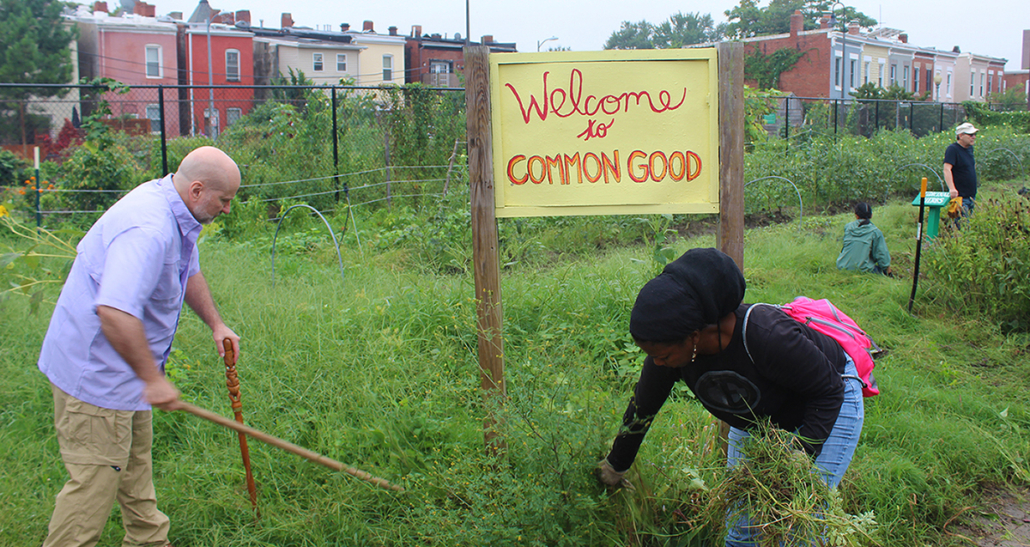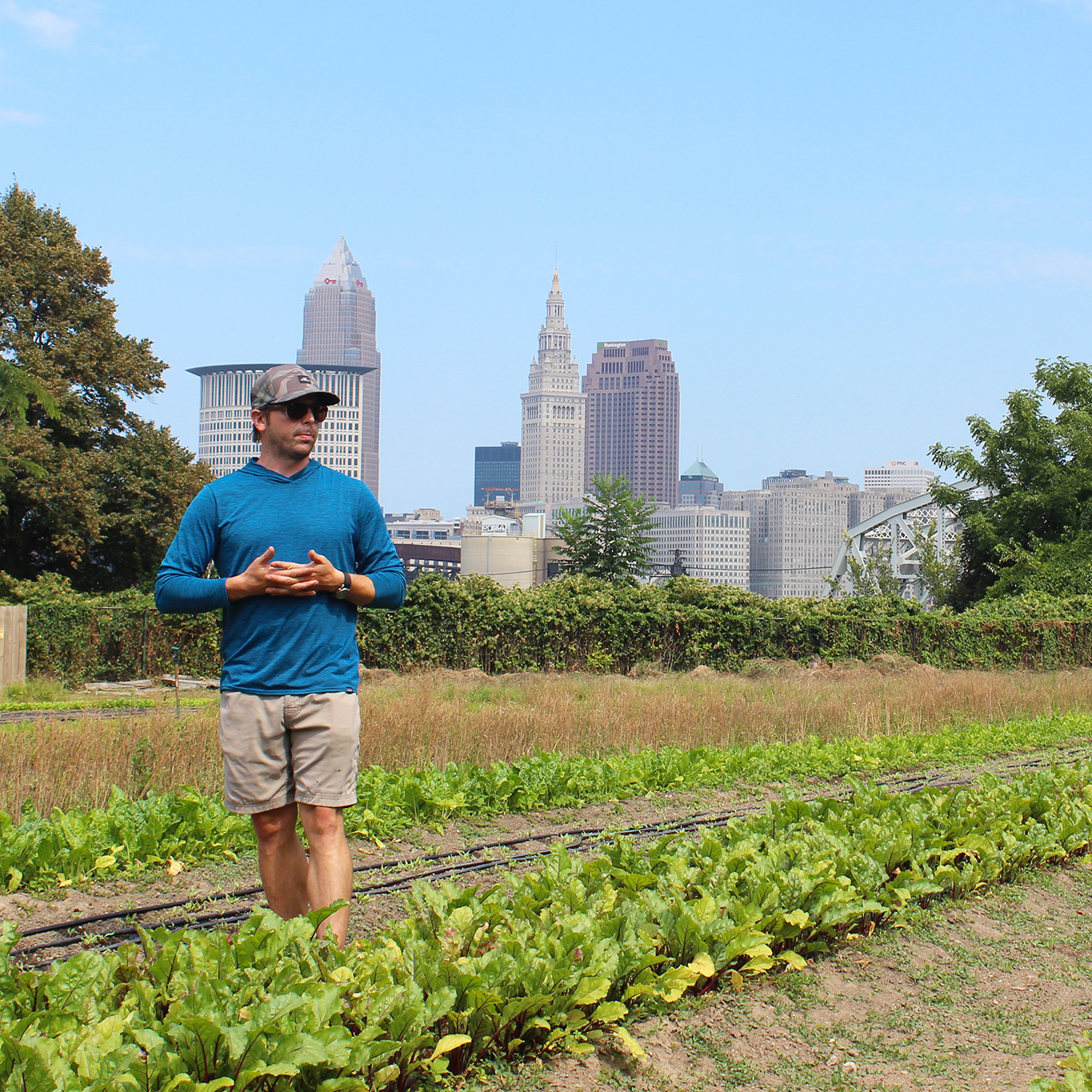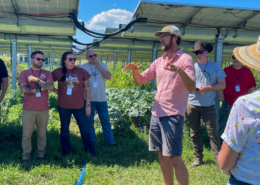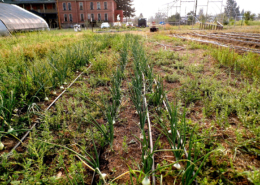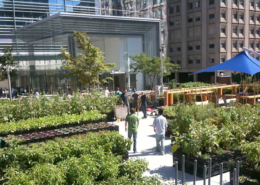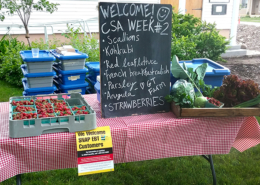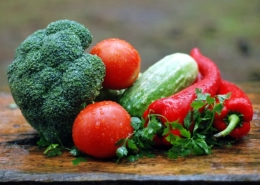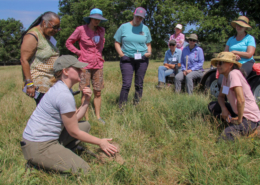Regional Food Systems
A food system describes the people, infrastructure, processes, and legal environments that come together to feed people. This includes growing, harvesting, packaging, processing, marketing, distribution, waste disposal, and ultimately, consumption.
A region is a medium-sized area of land that is smaller than an area such as North America or the United States, but larger than one specific location, such as Houston, Texas. A specific region can be thought of as having three components: physical elements and built infrastructure, a natural environment, and socio-cultural contexts. We all live in multiple regions at the same time.
The concept of a regional food system combines these two ideas into a dynamic that can be described, observed, evaluated, and acted upon with some common goals in mind: improving access to safe, fresh, and healthy food for all its inhabitants; improving the health and well-being of its inhabitants; and strengthening the economic prosperity of its communities, both rural and urban. As we observe and evaluate a regional food system through a regenerative lens, we can also add to this list of goals those of improving the soils, water (quality and quantity), and resiliency of a region’s working landscape in the face of climate change. Learn more in the practical ATTRA resources below.

